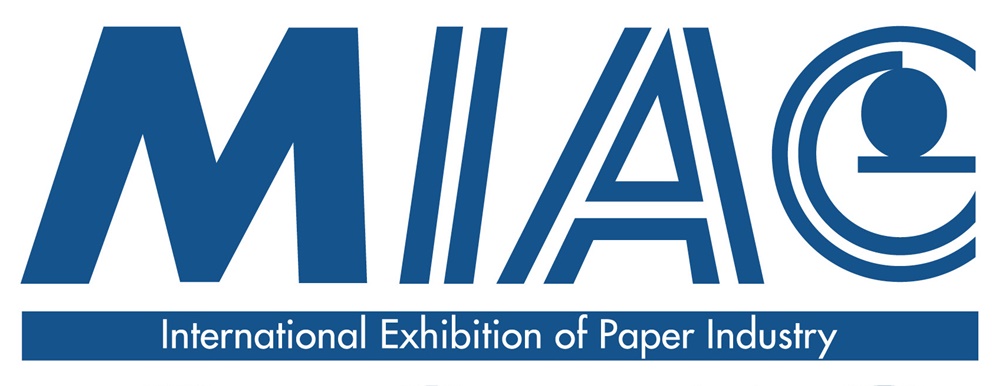NEWS
Skjern Papirfabrik A/S, Denmark selects Toscotec to rebuild the dryer section of its PM1
Skjern Papirfabrik A/S chose Toscotec for the complete rebuild of its paper machine’s dryer section at Skjern mill, Denmark. The delivery is scheduled for the third quarter of 2019. PM1 has a wire width of 3,200 mm and produces core board from 90 to 450 gsm using 100% recycled fibres.
Toscotec will supply a new frame for the entire dryer section and 19 TT SteelDryers, designed for an operating steam pressure of 10 barg, and equipped with bearing housings, steam fits and turbulence bars. The TT SteelDryers will replace most of the mill’s existing cast iron cans. The scope of supply also includes: a new tail blowing system in the press section and new mechanical drives for the entire paper machine. An interesting feature of this project is the supply of blowing doctors, which will improve air circulation in the pockets. The services package consists of onsite erection, supervision, commissioning and start-up assistance.
The target of the rebuild is to increase the drying capacity by over 20%, without increasing the paper machine’s length, thanks to the advantages of TT SteelDryers and the higher steam pressure. The upgrade will also aim to improve the stability of the web run. The tail threading will increase the machine efficiency, thanks to the new tail blowing system in the press and new ropes system throughout the entire dryer section. As a result, Toscotec expects to boost both the efficiency and ease the run ability of the paper machine.
Enrico Fazio, Toscotec’s P&B Head of Sales, says “This is Toscotec’s first paper & board reference in Denmark. We are happy to enter the northern European market, because it is very high-tech oriented. We are proud that Skjern mill chose our technical solution. Thanks to Toscotec’s advanced technology, the rebuild will meet the targets of the customer, maintaining the same machine length.”
Kurt Larsen, Project Manager of Skjern Papirfabrik A/S, says, “We are very much focused on the environmental sustainability of our mill. Toscotec’s technology will boost efficiency and production, as well as meet our targets of specific consumption reduction.”








